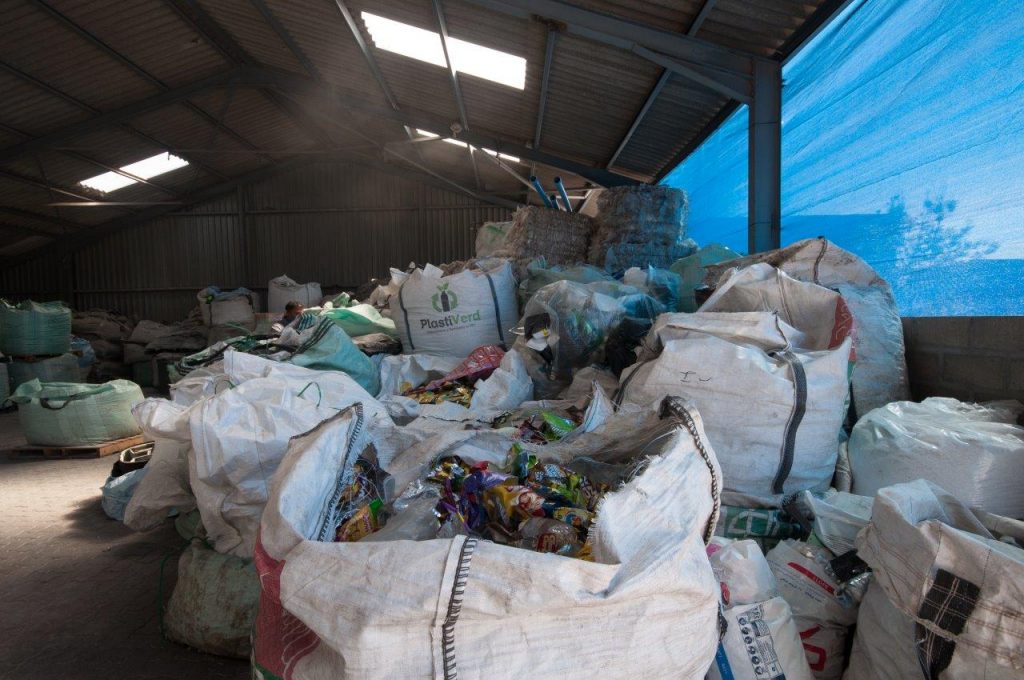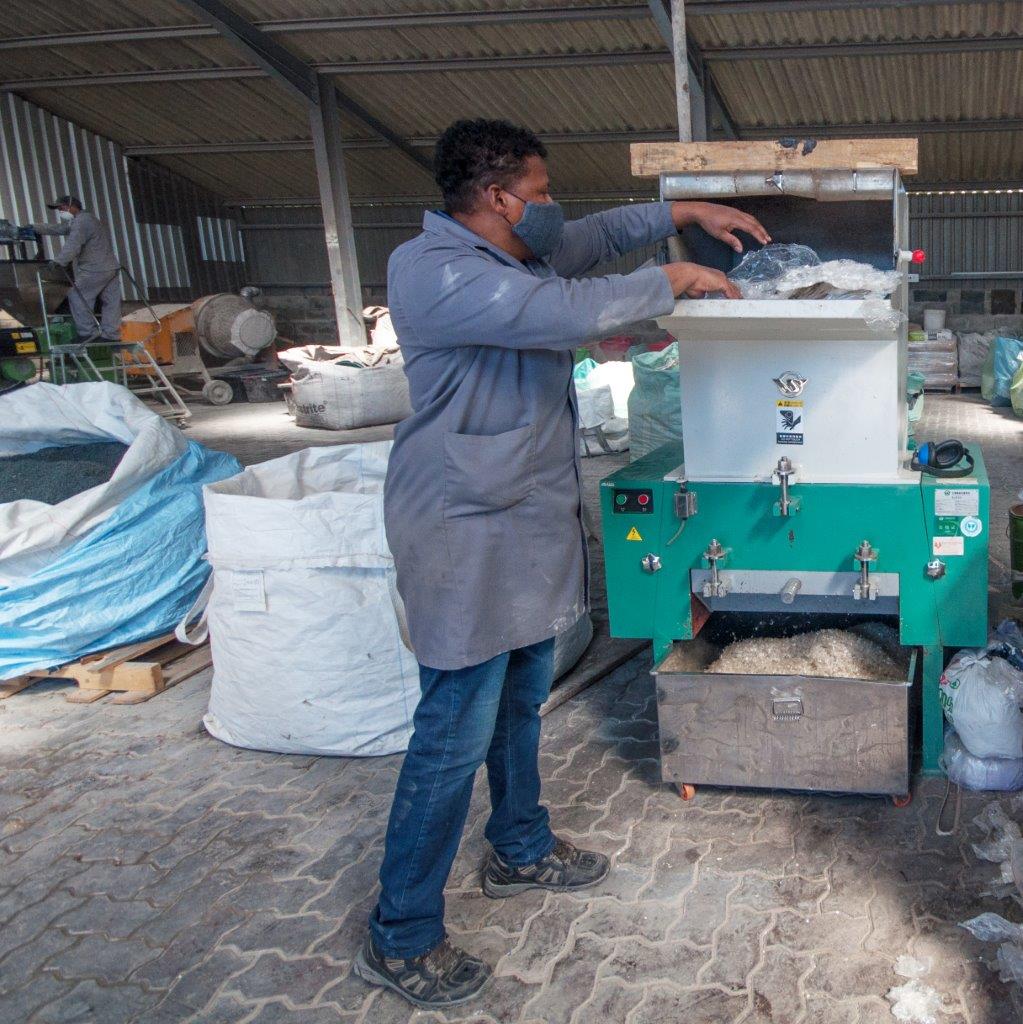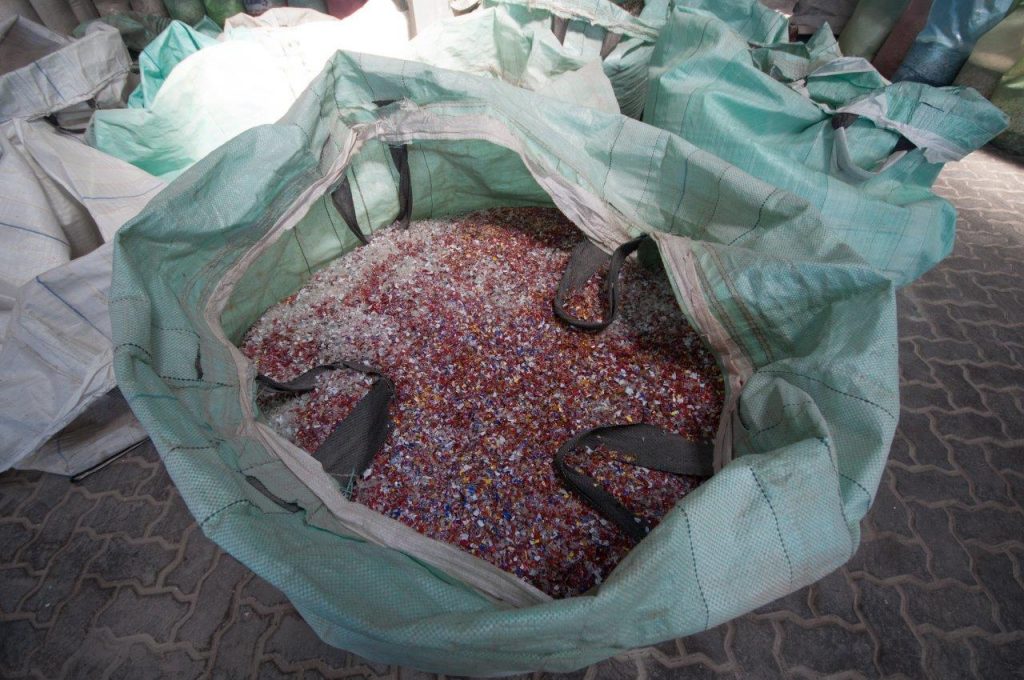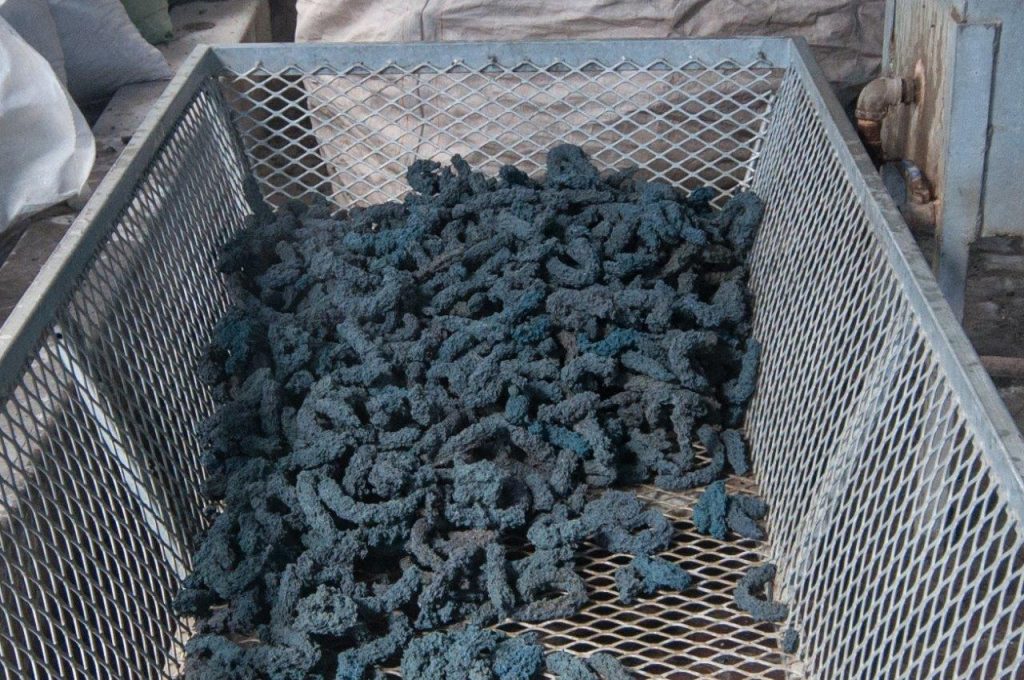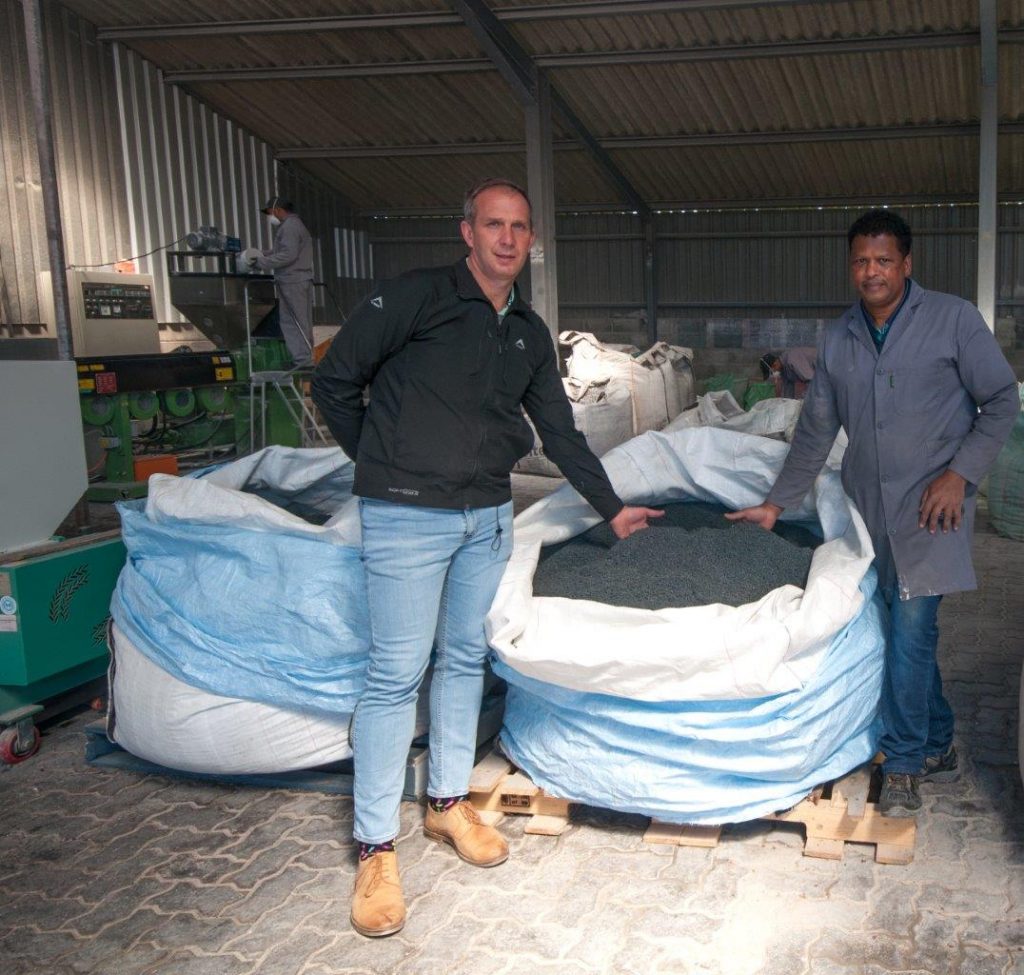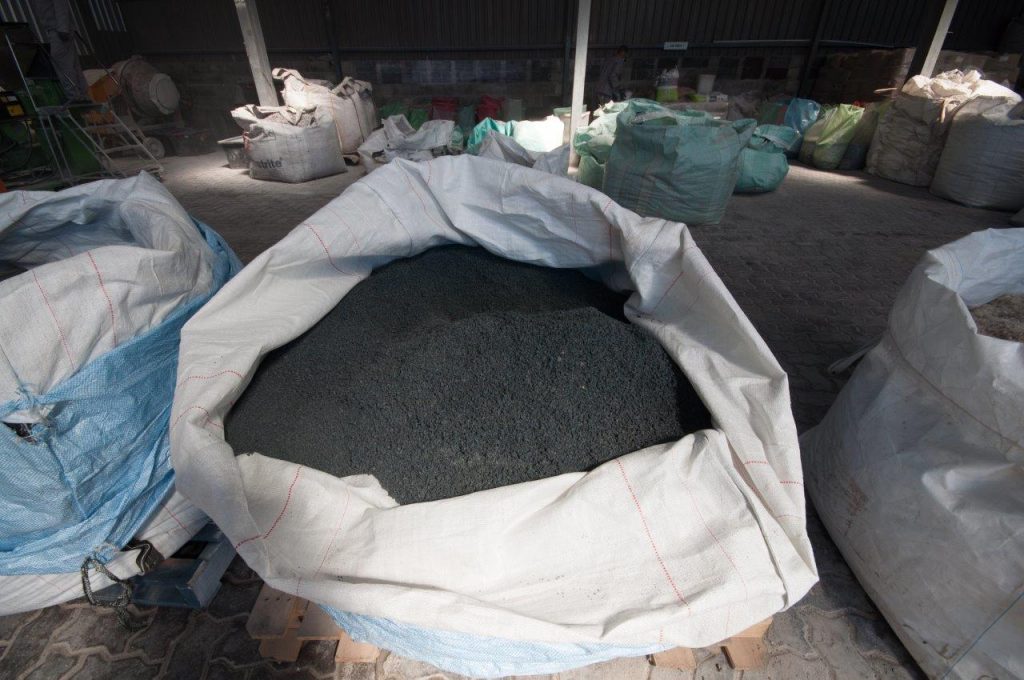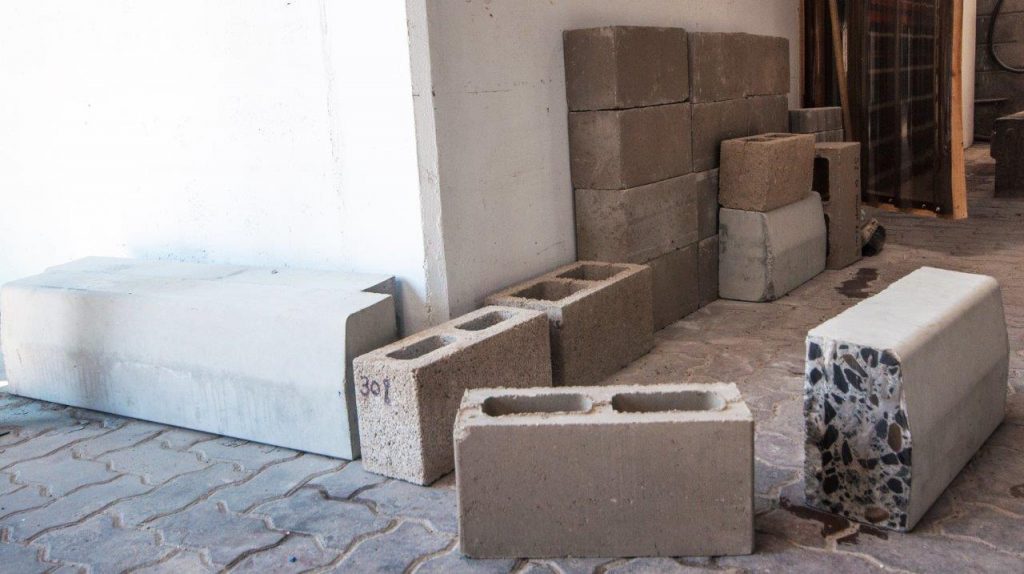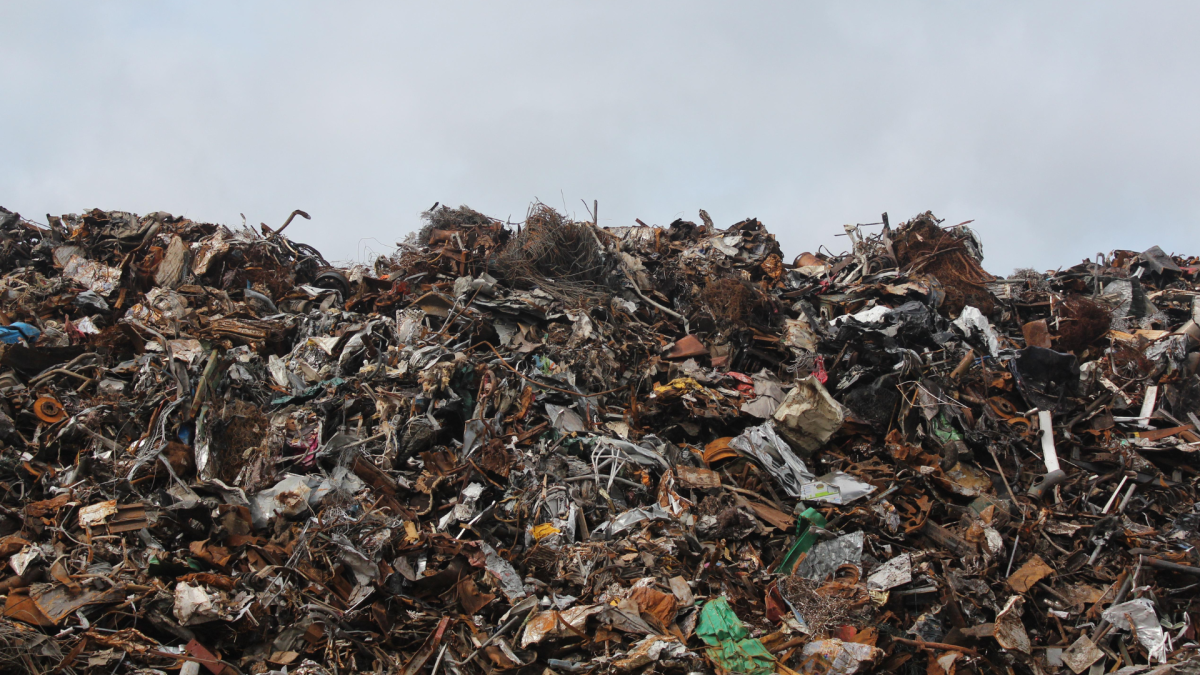
By David Beer, on behalf of the Cement Manufacturers Association (CMA)
CRDC South Africa, a wholly owned subsidiary of CRDC Global (Center for Regenerative Design and Collaboration), is in the vanguard of a global initiative to divert plastic waste from landfills and convert it into RESIN8, a man-made Eco aggregate. RESIN8 is currently being produced at four pilot plants globally, in Cape Town, Costa Rica, the USA, and the United Kingdom.
Founded in 2018, CRDC Global works with leading waste management and construction companies around the world and partners with international organisations such as Habitat for Humanity and the UNDP (United Nations Development Programme). Headquartered in Ireland, the company also operates out of offices in Australia, Mexico, New Zealand, Hong Kong and the UK.
In September 2021, the AEPW (Alliance to End Plastic Waste) and CRDC Global announced a partnership to expand CRDC’s footprint in North America with the development of a full-scale 1 300m² production plant in York, Pennsylvania, as well as expanding the facility in Costa Rica to a full-scale production plant that will absorb the majority of Costa Rica’s plastic waste.
CRDC also intends ramping up its South African plant in Cape Town to full-scale commercial capacity by mid-2022, followed by full-scale plants in Gauteng and Durban.
Tested rigorously for two years, RESIN8 meets stringent building standards in the US, African and Latin American countries and exceeds ASTM standards, the international benchmark for material performance. CRDC Global’s patented low-carbon process accepts any type of plastic waste for conversion into RESIN8.
“RESIN8 is a working example of the circular economy with the potential to scale globally,” says Donald Thomson, the founder and chairman of CRDC. “We are successfully transforming the plastic waste stream into an appreciating value stream for the concrete, construction and housing industries. “RESIN8 can be used in precast and in-situ concrete applications and is the only material sourced from plastic waste which improves the performance of concrete, increasing compression strength, fire resistance, thermal performance and acoustic properties.”
HOW RESIN8 IS MANUFACTURED
Developed by and for the construction industry, RESIN8 is produced by grinding waste plastic into flakes and mixing it with two additives. This material is melted, extruded and granulated into aggregate-like particles in various sizes ranging from 2mm to 25mm. A rough and open-cell structure combined with the additives enhances the mechanical and chemical adhesion properties of RESIN8 in a concrete mix.
The performance of RESIN8 in the production of concrete bricks has been tested locally by The Department of Civil Engineering at Stellenbosch University. The tests were conducted to the SANS 1215:2008 standard by Dr John Babafemi and Adhem Kotze using RESIN8 as an alternative material to stone-based aggregate (6mm Greywacke) at replacement ratios of 5%,10%,15%, 20% and 30%. These were measured against a conventional RESIN8-free mix design which achieved a compressive strength of 7,2MPa after 28 days.
The results of the experiment revealed that the compressive strength of the concrete bricks made with the varying RESIN8 content ratios compared well with the control sample. Strengths of 7,5MPa and 7,7MPa were realised at RESIN8 contents of 5% and 15%, respectively, whereas in the 10% sample, a negligible strength drop to 7.1MPa was observed. According to Dr Babafemi, this could have resulted from variation in compaction. Strengths dropped further to 7MPa at a 20% content and at a 30% RESIN8 content, the strength reading was 6MPa. These tests suggest that RESIN8 can be substituted for natural aggregate at ratios of up to 15% for structural concrete and up to 30% in non-structural concrete.
However, results differ from country to country. According to Ross Gibby, chief operating officer of CRDC Global, depending on local conditions, RESIN8 has demonstrated an increase in compressive strength of up to 20MPa in some parts of the world.
Additionally, local testing is being conducted by chemical scientist and independent researcher, Cyril Attwell, a global pioneer in the development of cement-free concrete. He has found that when mixing concrete using fly ash as an alternative component to cement, the potential for using RESIN8 as an aggregate substitute rises dramatically to 50% for structural concrete, (>25MPa) and 100% for non-structural concrete, (<25MPa).
HYBRID CONCRETE MIX TECHNOLOGIES
“By deploying hybrid concrete mix technologies using standard aggregate we can reduce concrete’s carbon footprint by 85%, almost eliminating the need for cement. And when RESIN8 is added to the mix a negative emission concrete, one that actually absorbs CO2 in its design matrix, can be achieved,” said Attwell.
CRDC South Africa currently employs eight people and its pilot plant is situated at Cape Concrete’s premises in Blackheath where trials and experiments on RESIN8 have been conducted since September 2020. And in addition to the Stellenbosch University and Cyril Attwell tests, RESIN8 is being sampled by several Cape precast concrete producers.
Cape Concrete is experimenting with the plastic-based aggregate in kerbs, concrete pipes, channels and concrete toilet cubicles.
Cape Concrete managing director, Darty Louw, says RESIN8 works well with small unreinforced diameter pipes.
“We are achieving a 200% design strength with the pipes and we are getting good results with kerbs and toilet cubicles.”
CRDC South Africa CEO, Abraham Avenant, says that the company’s main focus prior the establishment of a full-scale plant next year is on testing and experimentation.
“Subsequent to the Stellenbosch and Cyril Attwell research work, we have gained a better understanding of the performance curve and we are currently experimenting with concrete blocks and kerbs using a 6.5mm RESIN8. One of the huge plusses of RESIN8 is that it can be produced with non-recyclable plastic, which normally ends up in landfill sites. We plan to roll out 20 plants during the next five years and each plant will require 800 tonnes of waste plastic monthly for our financial model to work. Our first full-scale plant will have two lines producing three tonnes per hour.
HELPS INCREASE RECYCLING RATES IN SOUTH AFRICA
“We are reaching out to private property developers, architects and consulting engineers as well as to local governments and the Department of Human settlements as they will be the primary drivers in RESIN8 usage. Local government involvement would be a major boost in preventing plastic waste from being dumped in landfills, and it will certainly be of benefit to them because they are running out of landfill space.”
Over 1,5 million tonnes of waste plastic are generated annually in South Africa, of which only 21% is recycled. The remaining 1,1 million tonnes ends up in landfills or as unsightly plastic litter. The SA plants will be fed with plastic waste from several sources; waste management companies, post-industrial/consumer waste companies, environmental NGO’s and informal waste pickers.
CRDC Global is working with partners such as the UNDP (United Nations Development Programme) to test simpler and more effective plastic recovery programmes so that waste plastic is kept out of landfills and not incinerated, which can cause harmful emissions being released into the atmosphere.
To that end CRDC Global has launched ‘The Bag That Builds (TBTB)’ waste collection program, which is currently being run across select locations around the world. It has been designed so that any type of plastic waste (Resins 1-7) can be placed into a single recycled bag.
People will be asked to fill TBTB bags with all types of plastic and the bags will be collected either as part of regular waste collection or at designated collections points. The collectors will be paid and incentivised for every TBTB bag collected via a cell-phone-based digital banking system.
Cape Town’s initial TBTB program will include informal settlements, schools, clean-up NGOs, sports events and various communities, and several communication initiatives will be used to ensure effective collection protocols.
Visually benign, RESIN8 is a light eco-aggregate with thermal and sound insulation properties which make it an effective building insulator with no leaching, abrasion or micro-plastic release. It is fully circular recycled product with a low embodied energy production footprint. And at the end of its concrete life, it can be crushed and re-used.
General manager of the Concrete Manufacturers Association (CMA), Henry Cockcroft, says it is encouraging to note that South Africa is playing a leading role in the development of RESIN8.
“Plastic is widely acknowledged as one of the world’s most pressing environmental issues and any initiative such as RESIN8 which addresses the problem head-on is to be welcomed. South Africa has always been among the leaders in concrete technologies, therefore it comes as no surprise that we are involved with the development of RESIN8.
“It is particularly gratifying that CRDC will be involving the unemployed through the ‘The Bag That Builds” programme and that plastic which can’t be recycled into ‘new’ forms of plastic can be used in the production of RESIN8,” concludes Cockcroft.
